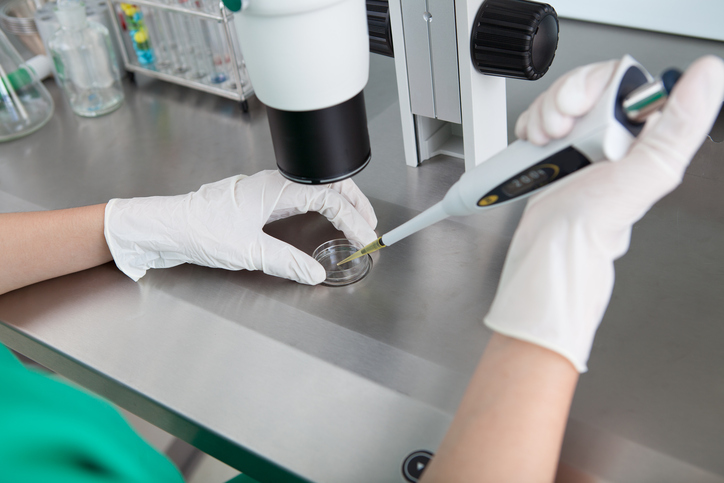
Vaccines are one of the most useful medical creations of all time. They involve introducing antigens—a substance that the immune system will attack, like dead or weakened viruses—into the body, typically via injection. This can allow people to develop immunities to a range of illnesses, and also to do a better job of fighting against illnesses they have. Many illnesses—like measles, mumps, polio, and more—were once incredibly deadly and affected many people. By preventing the spread of deadly diseases and helping people manage illnesses they already have, vaccines have saved millions of lives over the past centuries.
Today, there are two broad categories into which most vaccines fall: prophylactic and therapeutic. Though they are similar in some ways, they result in slightly different outcomes. Here is a comparison of the two.
Prophylactic Vaccines Are Designed to Build Immunity in a Patient
A prophylactic, or preventative, vaccine involves introducing antigens into a person’s body. The goal is that the individual’s immune system will create antibodies for those antigens, and become immune to the associated illness.
The technique works quite well, and is very common; most of the vaccines that people get are prophylactic vaccines. It’s worth noting, however, that these vaccines are not guaranteed to be 100 per cent effective. It is still possible for a person to become ill from a virus after becoming “immune” through vaccination, and even possible for the vaccination to have no effect on some people. Usually, though, healthy individuals can expect to get an immunity boost from their vaccines.
There are many illnesses out there that do not have preventative vaccines yet, so the field remains an important one in the pharmaceutical industry. If you’re interested in working on the development of vaccines to prevent new illnesses, consider using your pharmaceutical quality control training to help develop prophylactic vaccines in your career.

Prophylactic vaccines can help people develop immunities to illnesses
After Your Pharmaceutical Courses, You Might See Therapeutic Vaccines
Therapeutic vaccines are meant to help the body do a better job of fighting against an illness it already has, and can be used for many different kinds of health threats, including viruses, cancer, and more.
Like prophylactic vaccines, therapeutic vaccines introduce antigens associated with an illness. The difference is that the goal is not to teach the body to fight against a new kind of illness, but rather to encourage the body to fight harder against an illness it already has.
For example, a therapeutic vaccine for cancer might introduce antigens created by tumors. This would effectively teach the body’s immune system to attack that antigen, as well as the cancerous cells that produce it. A therapeutic vaccine for HIV, on the other hand, might introduce more HIV antigens into a body. This can help to strengthen an existing immune response and help the body contain the infection.
These vaccines are a very hot area of pharmaceutical development, and hold a lot of promise for revolutionizing treatments for cancer, Alzheimer’s disease, and more. It’s worth noting, however, that they aren’t quite at the same level of establishment as prophylactic vaccines. A bit more work is needed to get these vaccines to a point where they consistently get great results for many people.
Interested in helping develop this kind of product? Completing pharmaceutical courses will teach you skills that can help you thrive in this industry. It’s a great way to prepare for a very rewarding line of work and make a difference in the lives of others.

Pharmaceutical training will teach you skills that can help you work on therapeutic vaccines
Working in quality assurance in pharmaceutical labs is a great career path! Want to get started?
Visit AAPS to speak to an advisor today!



